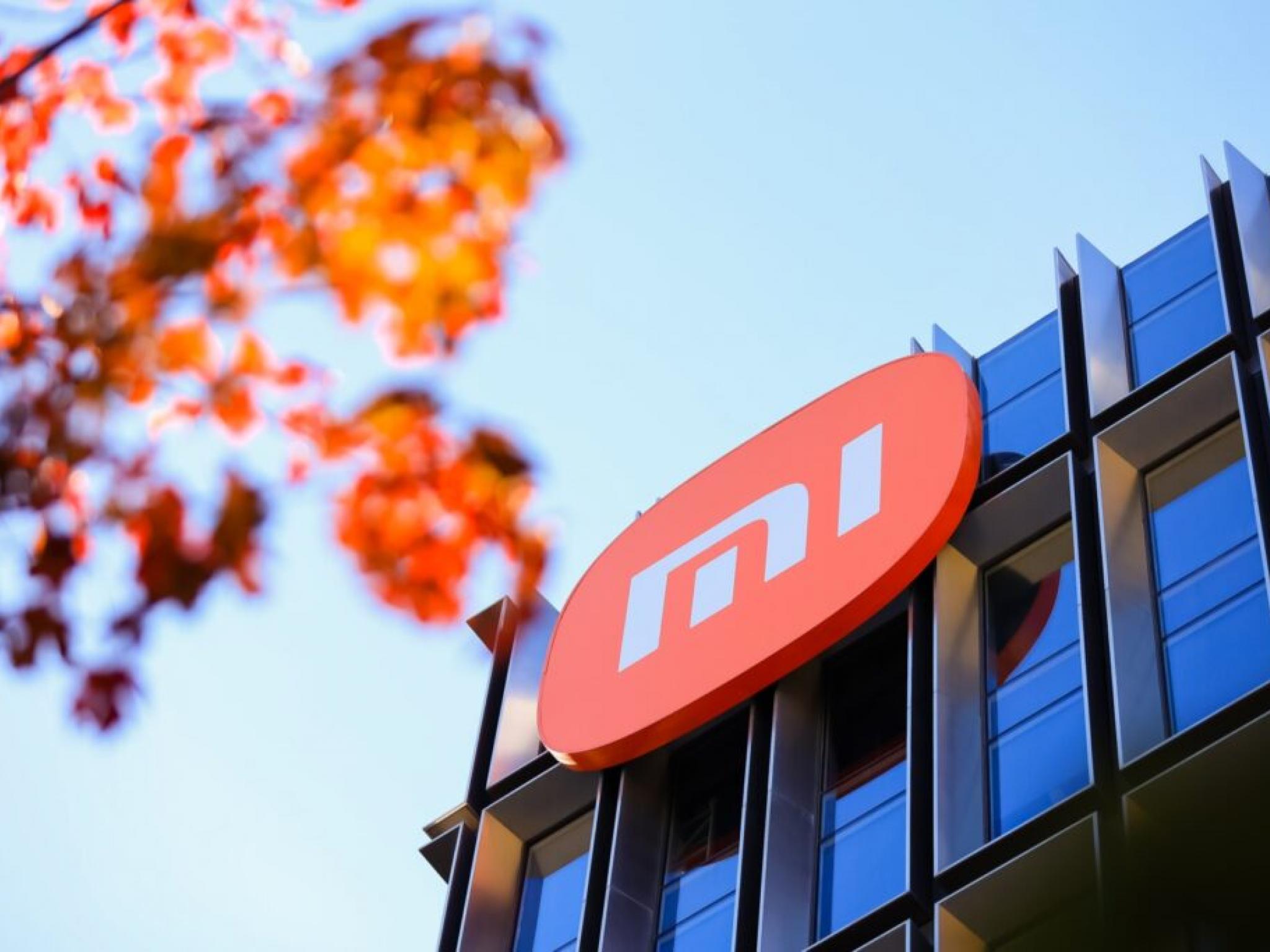
Xiaomi Corp. (OTC:XIACF) is set to launch its own mobile processor for future smartphones, aiming to lessen its dependency on foreign suppliers like Qualcomm Inc. (NASDAQ:QCOM) and MediaTek Inc. (OTC:MDTKF).
What Happened: This strategic move aligns with Beijing’s push for local firms to minimize reliance on foreign technology. Xiaomi’s initiative comes amid a broader trend of tech giants investing in semiconductor development, a critical area in the ongoing tech race with the United States, according to Bloomberg on Tuesday, the chip’s mass production is slated for 2025.
Xiaomi’s chipmaking efforts could potentially challenge its current manufacturing partner, Taiwan Semiconductor Manufacturing Co., (NYSE:TSM) especially as the latter faces increasing pressure from U.S. authorities regarding its dealings with Chinese clients.
See Also: Weekend Round-Up: AI Dominates Headlines With Nvidia, Elon Musk, And Hollywood’s Big Names
In addition to mobile processors, Xiaomi’s investment in research and development is projected to rise to 30 billion yuan in 2025, focusing on artificial intelligence and operating system enhancements. Chairman and CEO Lei Jun announced these plans during a recent company event, emphasizing the importance of core technologies, Bloomberg reported.
Why It Matters: Previously, Xiaomi launched its first in-house chip “Surge S1,” a mid-range system-on-chip (SoC) in 2017 for its Mi 5C smartphone. However, the adoption was limited due to competition from Qualcomm and MediaTek.
A reported attempt to develop the “Surge S2” chip was halted due to production delays and technical hurdles in 2020, as per Gizmochina.
The development of Xiaomi’s in-house chips is a significant step in China’s broader strategy to become self-reliant in critical technology sectors. This move is part of a larger trend where Chinese tech companies are increasingly investing in semiconductor technology to reduce dependence on foreign suppliers. Recently, in a move to challenge the dominance of Apple Inc. (NASDAQ:AAPL) and Alphabet Inc. (NASDAQ:GOOGL) (NASDAQ:GOOG), Huawei introduced its latest flagship smartphone, the Mate 70, featuring the HarmonyOS Next. This new operating system has been developed entirely in-house, marking a significant step for Huawei in the mobile OS market.
Read Next:
Disclaimer: This content was partially produced with the help of Benzinga Neuro and was reviewed and published by Benzinga editors.
Photo by Srikant_Photography on Shutterstock







